Frayed carpet edges in doorways are a common nuisance that not only looks unsightly but can also become a tripping hazard. Over time, constant foot traffic, improper installation, or even pet activity can lead to the carpet unraveling where rooms meet. If ignored, this small problem can turn into a much bigger (and more expensive) carpet repair project.
The good news? You don’t always need a professional to fix it. In this detailed guide, we’ll walk you through everything you need to know about how to fix frayed carpet in a doorway from identifying the causes and damage levels to step-by-step repair methods and long-term maintenance tips.
What Causes Carpet to Fray in Doorways?
Before fixing the problem, it’s essential to understand why fraying happens in the first place. Doorways are one of the most vulnerable areas of your home’s carpeting, and here’s why:
High Foot Traffic

Every time someone walks from one room to another, they pass through the doorway — and that repetitive motion causes the fibers to slowly break down. Shoes, particularly those with hard soles or heels, can grind the fibers against the subfloor. Vacuuming over these edges also pulls at the threads, especially if the vacuum has a strong beater bar.
Poor Installation
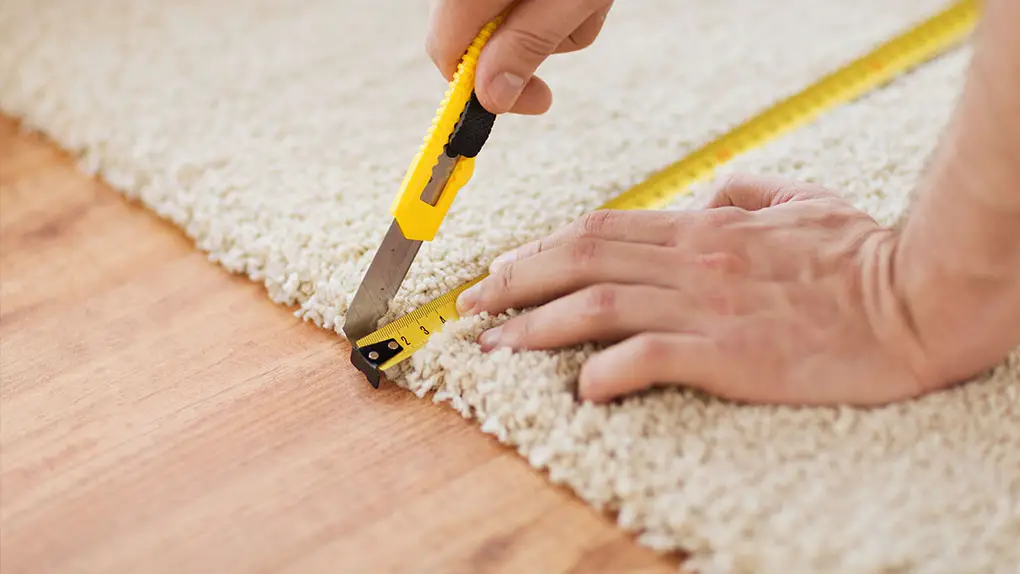
When carpets aren’t secured tightly using proper techniques or tools (like tack strips and power stretchers), edges are left vulnerable. Loose edges fray faster because they shift and pull with movement. In many older homes, corners may have been tacked or glued insufficiently during initial installation.
Age and Wear
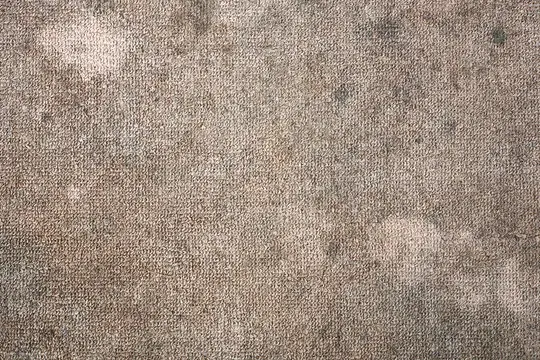
Carpet, like any flooring material, degrades over time. Exposure to sunlight, moisture, daily cleaning, and simple aging cause the backing to weaken and the fibers to loosen. Older carpets in doorways often become threadbare or separate from the backing entirely.
Lack of Transition Strip
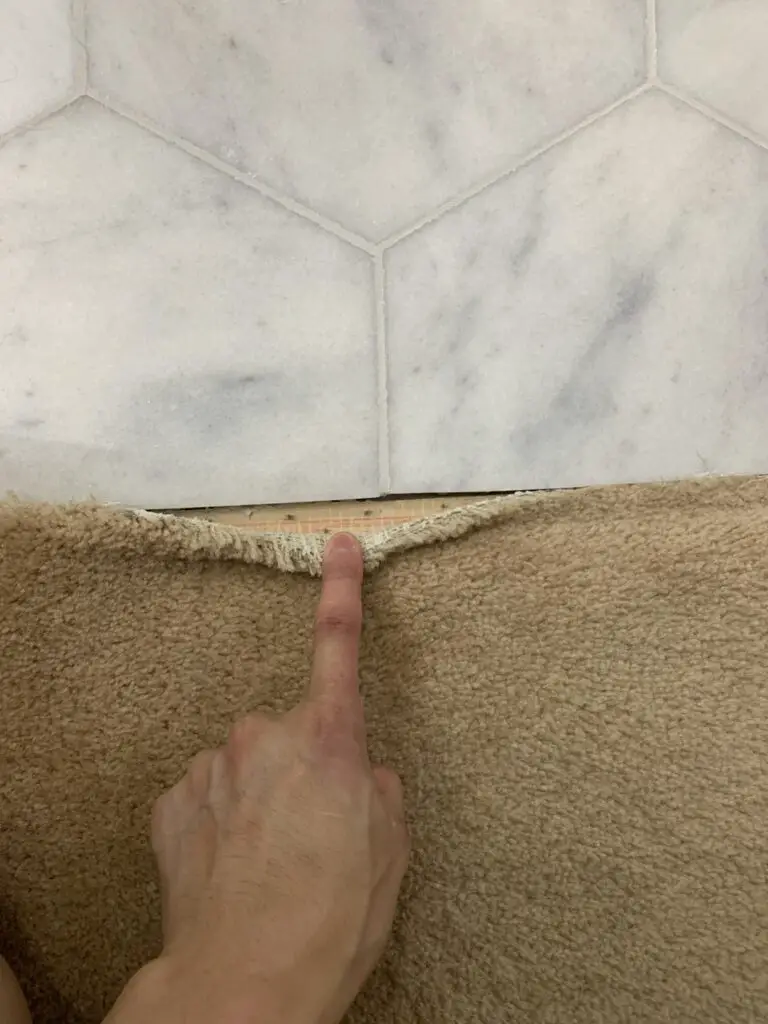
Transition strips protect carpet edges by providing a firm divider between two flooring types — for example, between carpet and tile. Without a strip, carpet edges are exposed to wear and movement, allowing them to unravel faster.
Pet Damage
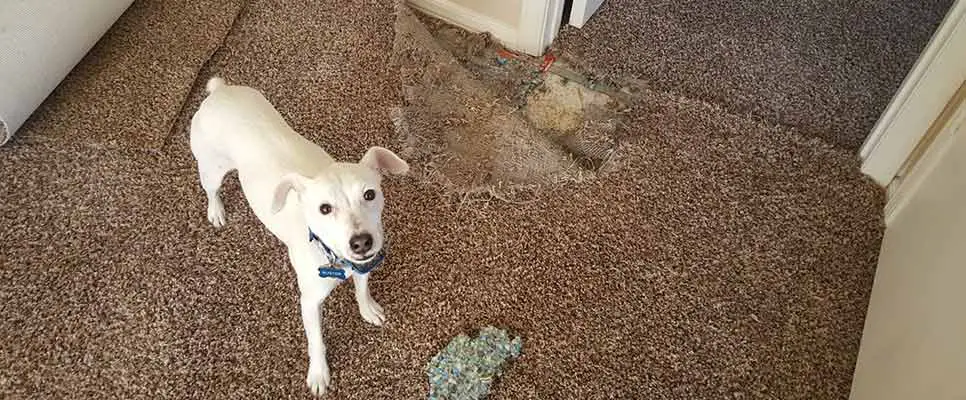
Cats and dogs often scratch, claw, or chew on carpet edges, especially at doorway seams. Even small, regular tugs can pull the fibers loose. This behavior is more common when pets are left alone for long periods or use carpets to sharpen claws.
Related Topic: Carpet Ripples and Buckling: Causes, Solutions & Prevention
Tools and Materials You’ll Need
Before you begin, make sure to gather the following tools and materials. Having everything at hand will ensure a smooth repair process:
- Utility knife or carpet knife: To trim frayed fibers cleanly
- Heavy-duty carpet scissors: For shaping or detailing
- Carpet adhesive or hot glue gun: To reseal fibers in place
- Seam roller: To bond patched or glued edges evenly
- Double-sided carpet tape: For reinforcing seams or anchoring carpet
- Transition strip or threshold bar: To provide edge protection
- Staple gun: Useful for securing carpet to wood subfloors
- Measuring tape: To measure patch size or alignment
- Carpet kicker (optional): Helpful for tightening loose carpet
Method 1: Simple Trim and Glue Repair (For Minor
Fraying)
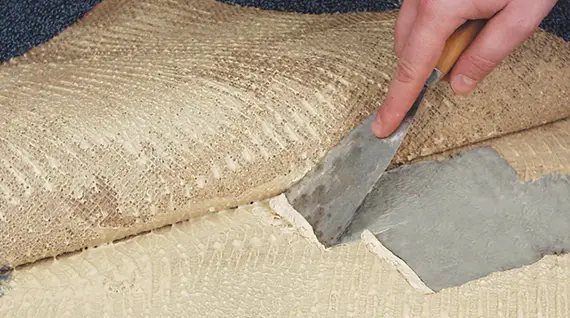
This is the easiest fix for minor fraying where the carpet edge hasn’t fully separated or torn.
Step 1: Trim the Frayed Fibers
Use sharp scissors or a utility knife to carefully cut away all loose, fuzzy, or curled-up fibers. Trim only the damaged parts to keep the edge as uniform as possible. Removing frayed ends helps prepare a clean line for bonding.
Step 2: Apply Carpet Glue
Apply a thin, even bead of carpet adhesive or hot glue right along the edge. You want enough glue to seal the edge but not so much that it soaks through the carpet surface. Press down gently using a flat object like a putty knife, or your fingers with gloves on.
Step 3: Let It Dry
Allow the adhesive to cure completely before walking on it — usually 4 to 6 hours, depending on the glue type. This will stabilize the edge and help prevent future unraveling.
Method 2: Installing a Transition Strip (For Moderate Fraying)
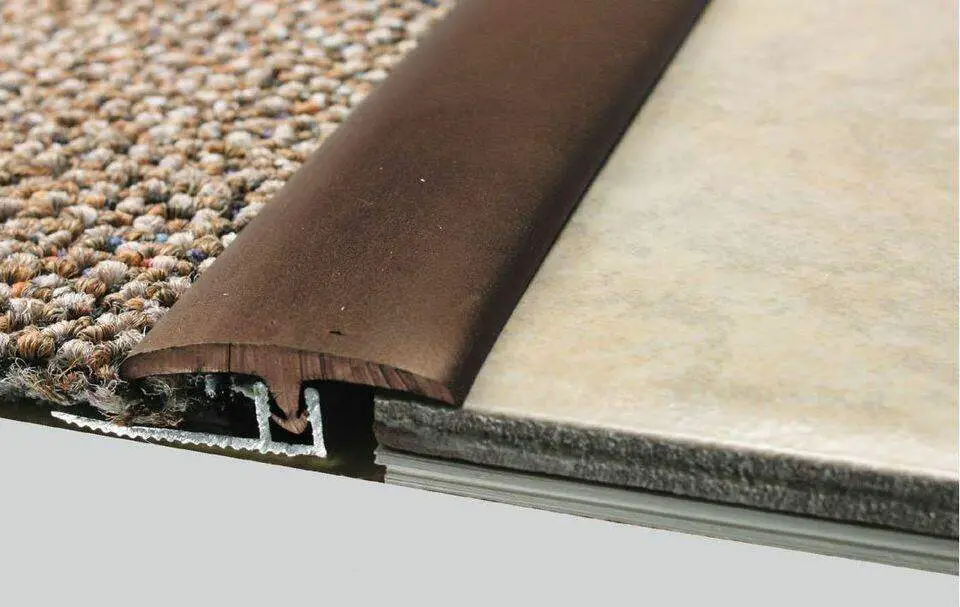
If the carpet edge is starting to detach but isn’t completely torn, using a transition strip not only hides the damage but stops it from worsening.
Step 1: Trim and Clean the Edge
Cut away any loose or curled fibers. Clean the area by vacuuming or wiping to remove dust and debris that might interfere with adhesion.
Step 2: Choose and Place the Transition Strip
Select a strip that matches your flooring types (e.g., carpet-to-tile or carpet-to-wood). Dry-fit it along the doorway to ensure proper placement. Some strips are nailed or screwed into the subfloor, while others use adhesive backing.
Step 3: Secure the Strip
Install the strip using screws, nails, or adhesive as recommended. Make sure the carpet edge tucks underneath snugly. This creates a neat finish and ensures durability.
Bonus Tip:
Explore a range of transition strips at Home Depot or similar hardware stores to find options that suit your home’s decor.
Method 3: Seam Repair Tape (For Larger Tears)
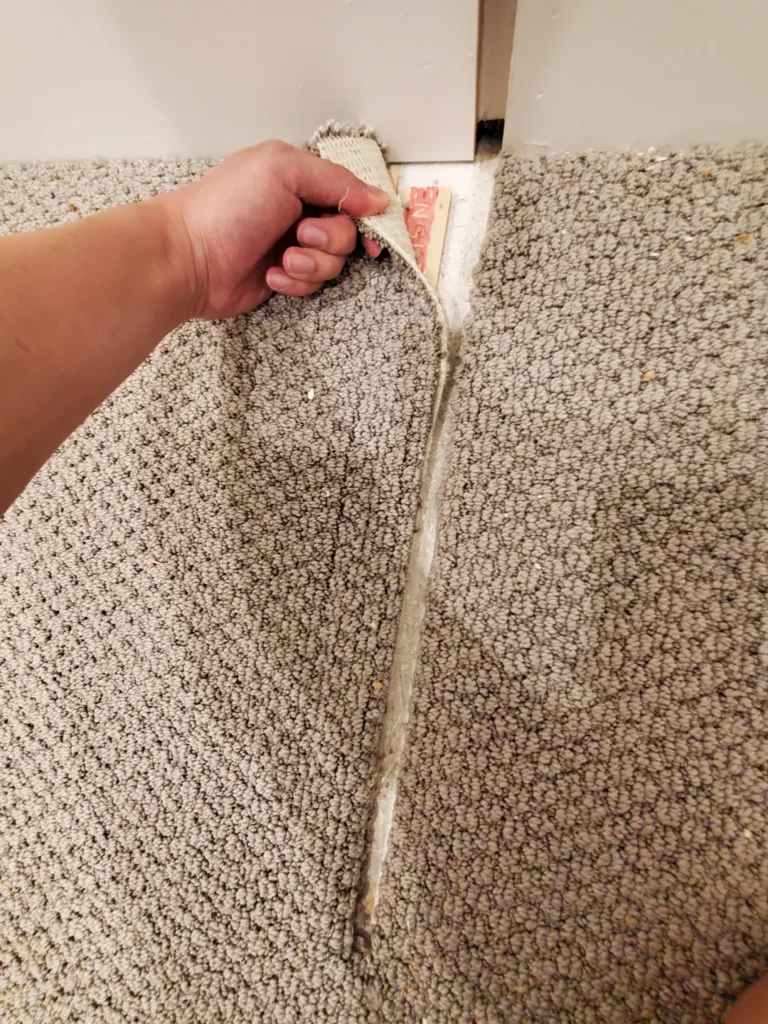
For wider separations or damaged seams, this repair adds reinforcement beneath the carpet to keep it flat and secure.
Step 1: Gently Lift the Carpet
Using your hands or a flat tool, lift the frayed section without pulling it too hard. You want to expose the subfloor without causing more damage.
Step 2: Insert and Align Seam Tape
Cut a section of double-sided seam tape or carpet repair tape to fit under the seam. Place it sticky-side-up on the subfloor and align the carpet edge over it.
Step 3: Press and Roll
Press the carpet down firmly onto the tape. Then roll over it with a seam roller to ensure full contact. This will help hold it in place and prevent further splitting.
Step 4: Secure the Edges
For added stability, use a staple gun along the inner edge of the carpet where it meets the tape — especially if the seam receives heavy traffic.
Related Topic: How to Get Wrinkles Out of Carpet Without a Stretcher: A Complete DIY Guide
Method 4: Full Carpet Patch Replacement (For Severe Fraying)
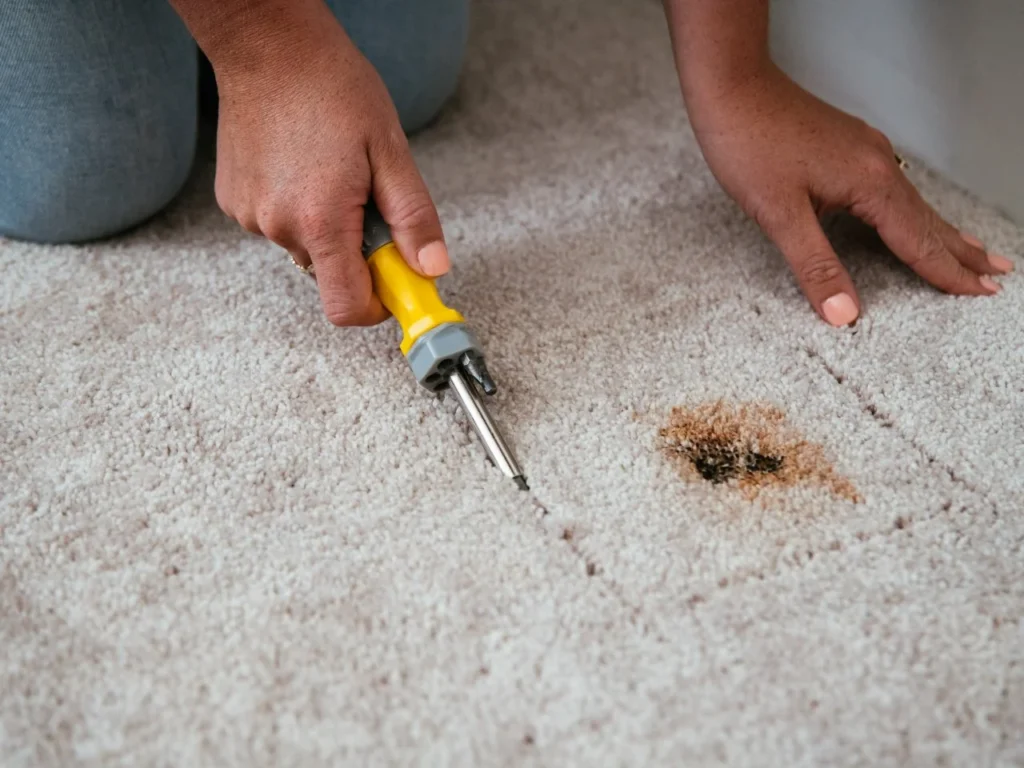
If the damage is too severe for surface repair, patching the carpet with a matching section can restore appearance and function.
Step 1: Cut Out the Damaged Section
Use a sharp utility knife and a straightedge to remove the damaged piece, cutting a clean rectangle or square. Keep the lines as straight as possible for better patch alignment.
Step 2: Prepare the Patch
Use leftover carpet or cut a piece from a low-visibility area (like a closet). Make sure the pile direction matches the rest of the carpet.
Step 3: Lay Seam Tape and Position Patch
Put double-sided carpet seam tape in the opening, sticky-side up. Gently press the patch into place, ensuring edges align perfectly with the surrounding carpet.
Step 4: Blend with Seam Roller
Roll over the patch firmly to bond it with the surrounding surface. Trim any high or uneven fibers to blend it seamlessly.
Related Topic: Nail Polish on Carpet? Here’s How to Get It Out Fast
Prevention Tips to Avoid Fraying Again
Once you’ve fixed your carpet, protect your repair and extend your carpet’s life by following these best practices:
- Install transition strips in all doorways to guard against edge wear.
- Lay small rugs or mats near high-traffic areas.
- Keep pet claws trimmed to avoid accidental snags.
- Avoid dragging furniture or heavy objects across doorways.
- Schedule regular professional cleaning and maintenance to detect issues early.
Check our full guide on Carpet Maintenance Tips.
When to Call a Professional
If repairs don’t hold, or if the frayed section is extensive or spreading, professional help might be your best bet. Certified carpet technicians can power stretch loose carpet, replace worn areas, or install new transition solutions. Learn more about our carpet repair services for a hassle-free solution.
FAQs
How long does a carpet doorway repair take?
Minor fixes take 30 to 60 minutes. More involved repairs like patching or seam re-taping can take 2–3 hours.
Can I use duct tape as a quick fix?
It may hold the edge temporarily but won’t last. Duct tape leaves residue and often peels up with foot traffic.
Are transition strips a permanent solution?
Yes when properly installed, they protect carpet edges and improve longevity.
What if my carpet meets tile or wood?
Use a specific transition strip made for your flooring types to ensure proper fit and durability.
Should I patch or replace?
Patching is ideal for localized damage if you have a matching carpet. Otherwise, full replacement might look better.
Final Thoughts
Frayed carpet in doorways may seem like a small cosmetic flaw, but it can lead to more serious problems if left unchecked from bigger tears to safety hazards. Fortunately, with a few simple tools and techniques, most carpet fraying can be fixed at home.
Whether you’re trimming, gluing, taping, or patching, taking quick action can save you time and money. And don’t forget, proactive maintenance and using protective solutions like transition strips can keep your carpet edges intact for years to come.
Need more guidance? Browse our Carpet Majesty Blog for more in-depth articles, or contact our expert team for carpet repair services today!

